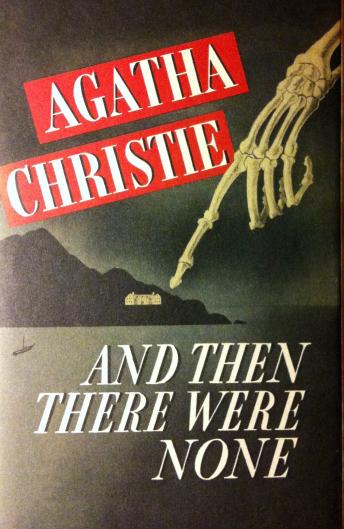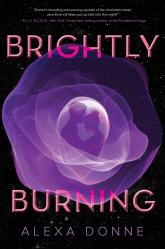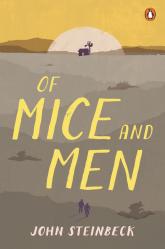Personally, I am not a big fan of mysteries. That being said I was able to read Agatha Christie’s entire book without skipping to the end to “solve the mystery.” The way that every scene flows into the next helps the book feel natural, as opposed to a contrived mystery. It also helps that the characters reveal their pasts in a natural manner, and the way that Christie writes the conversations helped me visualize scenes that may not be conventionally eventful/interesting. Not only does the book have a well-thought-out plot, but it skips the overly confusing language that many books, especially older books use. This added simplicity allows for the readers to appreciate the story, rather than be put off by the fact that they must first decode the language before they can even start to decode the plot. For this reason, I would also recommend for younger audiences to read the book, granted that they feel comfortable with the more mature themes that are commonly found in mystery books. One added plus of the book that I really enjoyed was the small puns written into the book. I don’t want to give anything away but just keep in mind “Swan Song” and “Red Herring.” Overall, the book was interesting and I recommend that everyone give it a try, especially given that it is one of the classics.

About This Book
Considered the best mystery novel ever written by many readers, And Then There Were None is the story of ten strangers, each lured to Indian Island by a mysterious host. Once his guests have arrived, the host accuses each person of murder.
Reviews
Anonymous
A Classic Worth Reading
Anonymous
Horrible sequences upcoming
The story starts in the perspective of Justice Wargrave, who is invited to Indian Island by his old friend Constance. Vera Claythorne, is also invited to this island as a secretary to the owner’s wife. Phillip Lombard is also invited to the island, but under a mysterious circumstance where he is not completely sure as to his job. He accepts the invitation because he is being paid an enormous amount of money for it. Emily Brent is also invited to the island by an old acquaintance. However, the signature on her invitation letter is not clear enough for her to accurately identify the sender of the letter. General McArthur is invited to the island under less mysterious circumstances. He is told that many of his friends will be there, and he takes this opportunity because he has been treated differently rumors about him have been spread. Dr. Armstrong, a proclaimed doctor, has been invited to the island to support the owner’s wife in a time of medical need. Mr. Blore takes a train to the island, and suspiciously, he is given a list of all the guests and told to observe the other guests. Tony Marston also appears later on just as the group goes on the ferry to ride out to the island. At the big island house, the guests meet the butler Mr. Rogers, and his wife, Mrs. Rogers who is the cook. The butlers inform the guests that the owner is delayed and help the guests adjust to a comfortable environment. Out of all the people going to the island, Mr. Blore hints the most that something bad is going to happen. The need for observation could suggest that he is the one innocent party in a foreseeable murder. It could also be a trap. The author is able to make this mystery so puzzling by providing the thought processes behind each guest. Usually, a murder mystery induces suspicion by keeping the murderer’s true intentions in secrecy. In this story, each potential murder’s thoughts are exposed, and the audience still can not predict who the murderer will be. In fact, the added thoughts only incite more mystery. Shortly after the arrival of the guests, a voice goes off from a speaker accusing every single person in the house of murder. This is the turning point of a peaceful social gathering to an experiment by a psychotic maniac. They release that the owner, U.N. Owen was just a play on words for “Unknown” and that they were trapped here and sent to die. There is no way back, but there is enough food and water to survive. A series of murders begin, but not randomly, or out in the open. These murders happen secretly, when people are alone. The most terrifying part about the entire novel is the symbolism of the poem. Before the string of murders started, and the guests were adjusting to the comfort of the house, each of them saw the poem about the Indian boys. A poem called “Ten Little Indians” was all around the house and described in poetic phrases who one by one each little boy was killed until there none left. The last line of the poem gives the title of the novel, “and then there were none” which suggests the horrible sequences upcoming.







